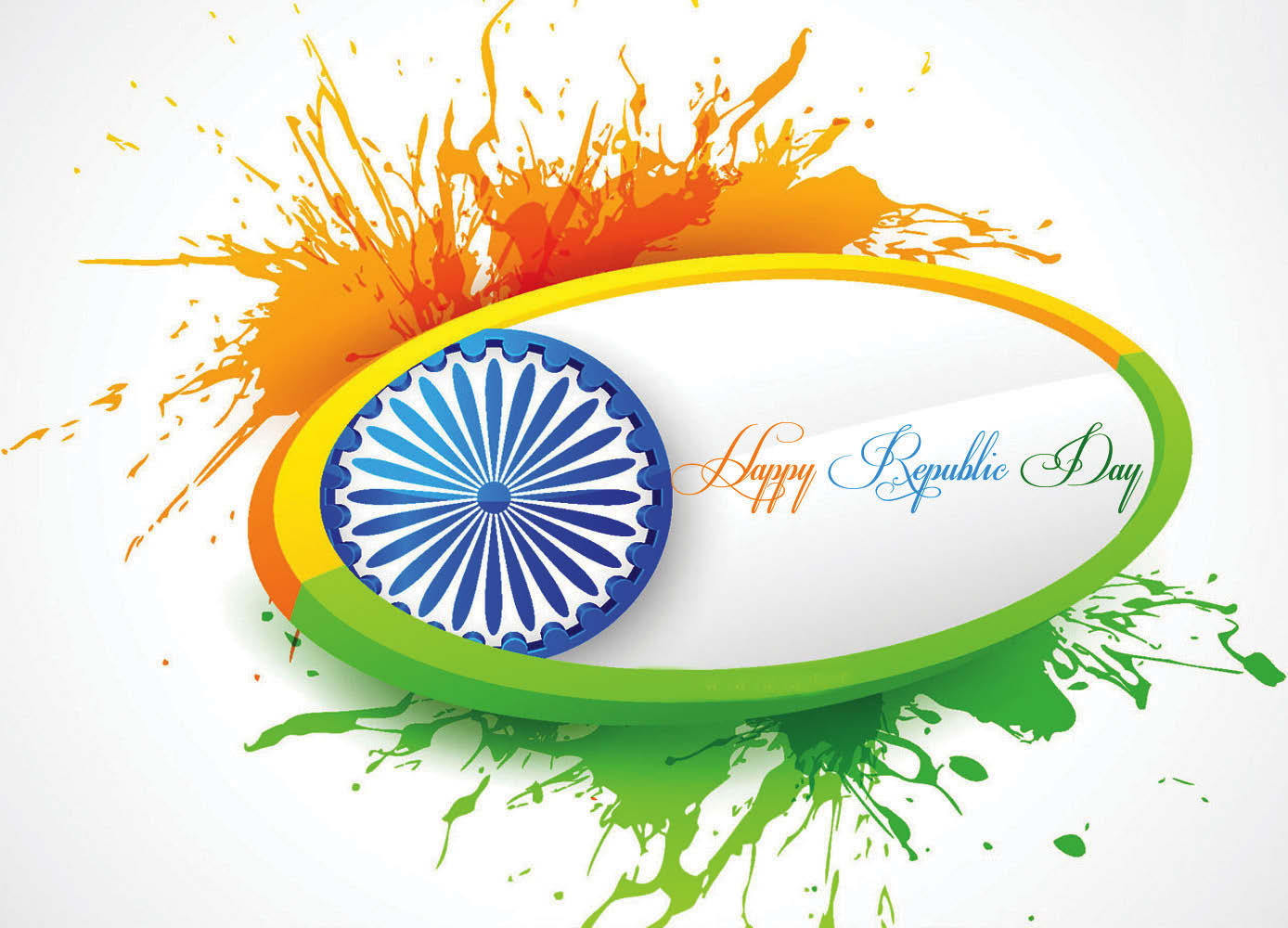
India celebrates 67th Republic Day on January 26. One of the three national holidays in India, Republic Day is celebrated with great pomp and show throughout the nation each year.
Preparations begin almost a month before for the actual day. A massive parade is held which reflects a touch of modernity in the display of might and technology and the capabilities of growth in various sectors. While the parade symbolizes the power and force, the different regional tableaus reflect the cultural themes and motifs. Republic Day has a very significant place in the Indian history as India became a Republic from a British Dominion on this very day. Browse through the following lines to know all about the history and origin of Republic Day.
India became independent from the British Rule on 15th August, 1947. However, the country did not have its own constitution and wholly depended on the modified colonial Government of India Act, 1935. Also, India was headed by King George VI, until the adoption of the Indian Constitution in 1950. Prior to this, the seeds of a republican nation were sowed by Pt. Jawaharlal Nehru in the Lahore session at the Indian National Congress at the midnight of 31st December, 1929 – 1st January, 1930.
The tri-color flag was unfurled by the nationalists present who took a pledge to celebrate “Purna Swaraj” (complete Independence) Day every year on 26th January, while continuing to fight for the establishment of a Sovereign Democratic Republic of India. The independence was achieved in 1947 while the professed pledge was redeemed on 26th January, 1950.
The Indian Constituent Assembly was called together on 9th December, 1946, where a committee was formed. Dr. B.R. Ambedkar became the chairman of the committee, who along with the other members drafted the Constitution. The Indian Constitution included 395 Articles and 8 Schedules. The Constitution was adopted by the Constituent Assembly on 26th November, 1949. In the following year on 26th January, 1950, the Constitution of India came into force and became a sovereign democratic republic of India, 894 days after the withdrawal of British Rule in 1947, which is why, it is said that India achieved its true independence on this day. Next, elections were held and Dr. Rajendra Prasad was elected as the first President of free India.
He took the oath at the Durban Hall in the Government House, which was followed by the Presidential drive along the five-mile route to the Irwin Stadium. He unfurled the National Flag at the stadium. This transition of India into a sovereign democratic republic nation is indeed a historical event. The two-decade long journey, right from the conceptualization of the dream in 1930 to its actual realization in 1950, is certainly worth a grand celebration. Today, the Indian Constitution is the longest in the world, consisting of 397 articles and 12 schedules, providing a single citizenship for the whole nation. The national holiday is celebrated with festivities and patriotic fervor across the whole nation.
Republic Day Parade
The grandeur of the Republic Day of India is visible in the grand parade that is held along Rajpath, beginning from Raisina Hill near the Rashtrapati Bhavan (President’s Palace) and moving on to Rajpath past India Gate and proceeding to the Red Fort.
The occasion witnesses the presence of the President, the Prime Minister and several other high-ranking officials of the country. The parade starts with the arrival of the President of India, who is escorted by a group of bodyguards on horses. Next, the Prime Minister of India offers wreaths at the Amar Jawan Jyoti at the India Gate in memory of the martyrs of the Indian army. The national flag is unfurled by the President of India, who is also the Commander-in-Chief of the Indian Armed Forces. This is succeeded by the cheerful tune of the National Anthem and a 21-gun salute. Led by three different divisions of the armed forces viz: Navy, Army and Air Force; the Republic Day Parade has all of them displaying their might along the Rajpath, saluting the President. The Armed Forces staff performs motorcycle rides whereas the staff of the Indian Air Force performs flying parade in fighter planes.
The rich and colorful culture of India is showcased in the parade of the Republic Day. Traditional as well as cultural performances are given by professionals belonging to different regions. School children in picturesque costumes also participate in the display of different aspects of the glorious history of the country on this big day.
The real heroes of the nation are honored with the bravery awards and medals. National Awards are given to children for selfless sacrifice and bravery.
A row of IAF jets marks the end of the grand celebration, leaving behind a trail of colored smoke. It bids goodbye to the gathered audience by lavishing rose petals on them.
Beating the Retreat Ceremony
The Republic Day celebration ends officially with the Beating the Retreat ceremony, which is held on the 29 January every year. The event symbolizes retreat after a day on the battlefield and features remarkable performances by the Indian Air Force, the India Navy, and the Indian Army. Held at the Raisina Hill, New Delhi, Beating the Retreat Ceremony has its tickets available at the same outlets as the Republic Day Parade.
Highlights of 2016 Republic Day Celebrations
- French President Francois Hollande will be the Chief Guest at the Republic Day Parade on January 26, 2016.
- The Republic Day Parade will be shorter by at least 15 minutes. Government is planning to hold a 90-minute parade instead of the nearly two hours one. This is done to cut down the number of marching contingents in addition to clubbing together the mechanized ones. The tableaux would also be held for less time.
- The Action Plan for Start Up India, Stand Up India will be launched for introducing multiple opportunities for the youth of India. Cleanliness in surrounding areas and for statues of great personalities would also be ensured.
- The topic “our duties” will be discussed in schools, colleges and other places.
- Beating the Retreat would have Indian music infused with martial tunes.
- All tableaux and music bands will be showcased for three days – till January 29 at the Red Fort to allow more people to participate.
- Number of Army’s marching contingents will be reduced from 8 to 6.
- Number of Navy’s marching contingents will be reduced from 3 to 2.
- The Air Force will be putting up a single marching contingent.
- Six central para-military forces will be putting up 3 marching contingents instead of one contingent individually.
- The Indian Navy will showcase “Make in India” and hence put up models of the indigenously made aircraft carrier INS Vikrant along with the indigenously made submarine INS Kalvari.
The entire nation comes alive with patriotic fervor on this day, but the principal celebration of the Republic Day takes place in the national capital, New Delhi from 9 a.m. and continues for about three hours. This historic occasion becomes a national festival with the involvement of people from all over the country. The day symbolizes the unity of the nation as it brings together people from different castes, creed, religions and regions to celebrate the day with the pride of being an Indian.
The celebration takes place at the Rajpath with great enthusiasm and pride, which can be experienced by any individual as the Republic Day Parade is a ticketed event. The tickets for the same can be bought a couple of weeks before the event.
Apart from the grand celebrations in the capital, the Republic Day is also celebrated in different parts of the country at different levels, such as in cities, district headquarters, panchayats, schools and offices.


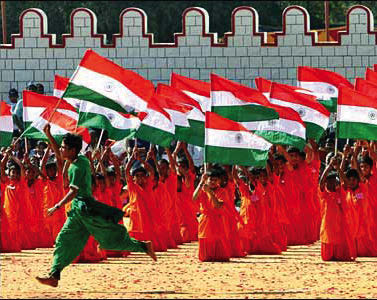
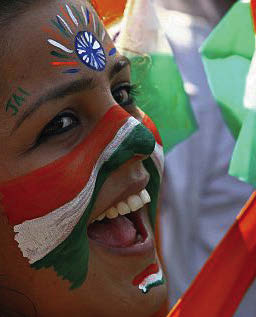
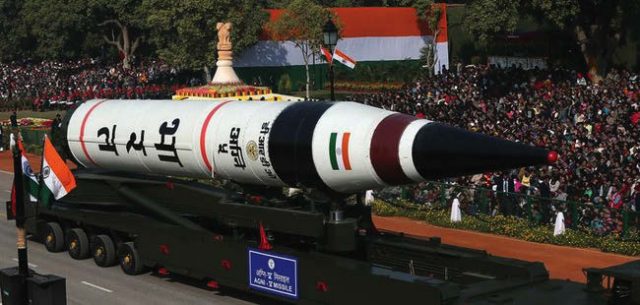
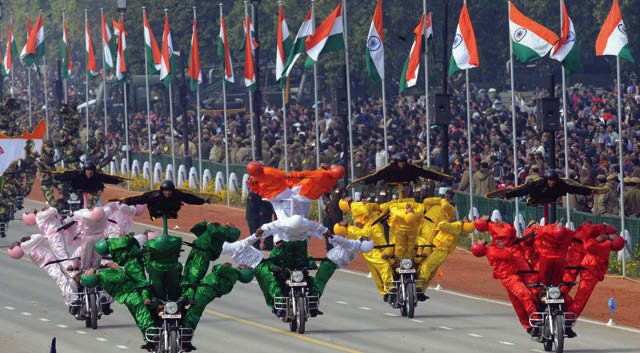
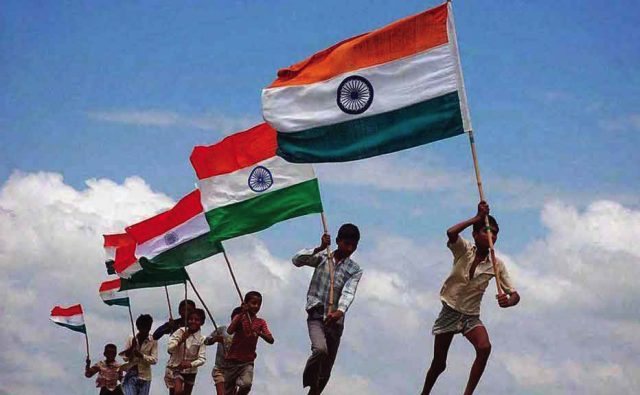
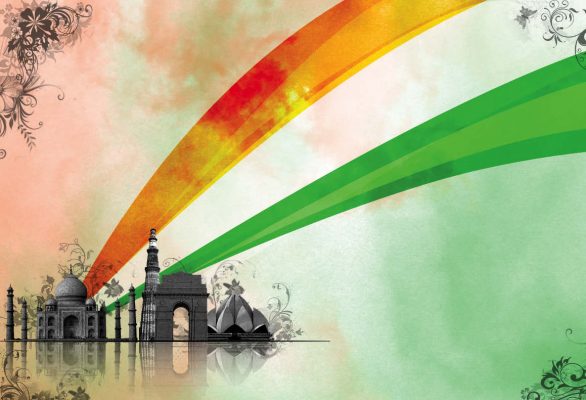
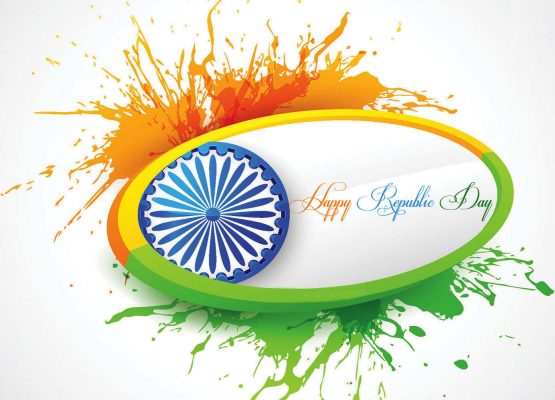
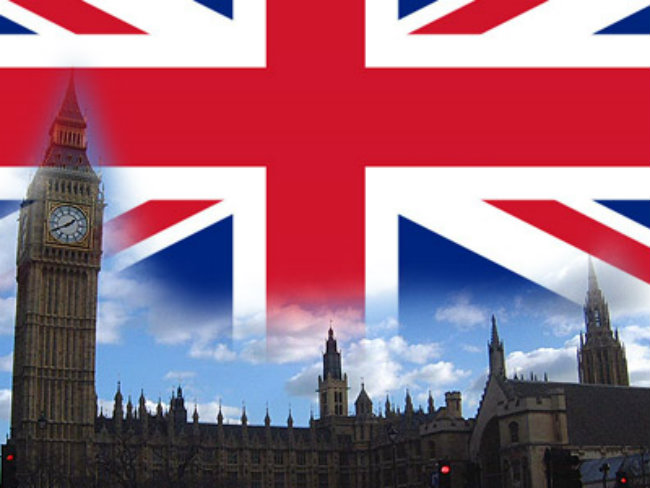
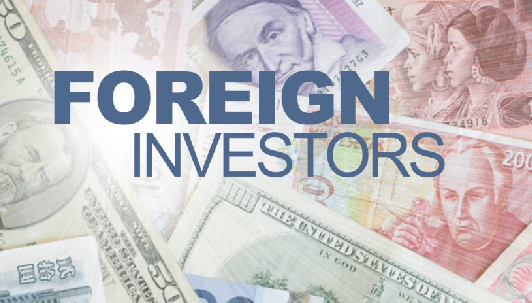
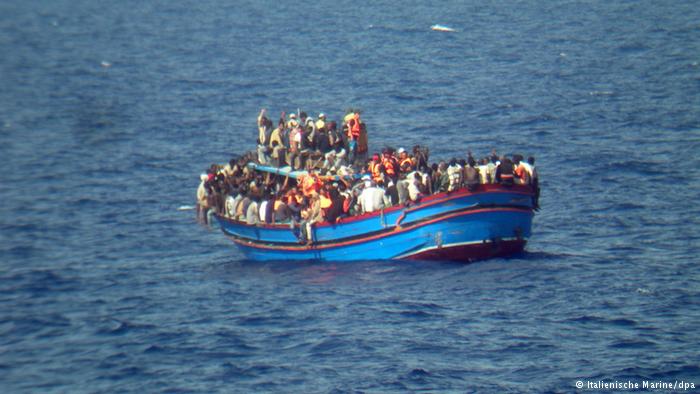
Be the first to comment